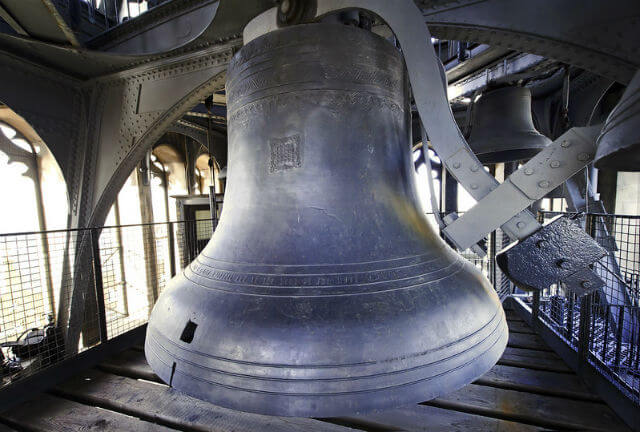

The interior volume of the tower is 164,200 cubic feet (4,650 cubic metres).ĭespite being one of the world's most famous tourist attractions, the interior of the tower is not open to overseas visitors, though United Kingdom residents are able to arrange tours (well in advance) through their Member of Parliament. The four clock dials are 180 feet (54.9 m) above ground. The tower is founded on a 50 feet (15.2 m) square raft, made of 10 feet (3.0 m) thick concrete, at a depth of 13 feet (4.0 m) below ground level. The remainder of the tower's height is a framed spire of cast iron. The bottom 200 feet (61.0 m) of the tower's structure consists of brickwork with sand-coloured Anston limestone cladding. īig Ben and environs, including the London Eye, Portcullis House, Parliament Square, and St Margaret's Church The design for the tower was Pugin's last design before his final descent into madness and death, and Pugin himself wrote, at the time of Barry's last visit to him to collect the drawings: "I never worked so hard in my life for Mr Barry for tomorrow I render all the designs for finishing his bell tower & it is beautiful." The tower is designed in Pugin's celebrated Gothic Revival style, and is 315 feet (96.0 m) high. Although Barry was the chief architect of the palace, he turned to Augustus Pugin for the design of the clock tower, which resembles earlier Pugin designs, including one for Scarisbrick Hall in Lancashire.


The new parliament was built in a neo-gothic style. 2.3 Malfunctions, breakdowns, and other interruptions in operationĮlizabeth Tower, previously called the Clock Tower but more popularly known as Big Ben, was raised as a part of Charles Barry's design for a new palace, after the old Palace of Westminster was largely destroyed by fire on the night of 16 October 1834.With a few exceptions, the tower's renowned bells will be silent until the renovation is complete. On 21 August 2017, the tower began a four-year period of renovation. Ī British cultural icon, the tower is one of the most prominent symbols of the United Kingdom and is often in the establishing shot of films set in London. When completed in 1859, it was, says clockmaker Ian Westworth, “the prince of timekeepers: the biggest, most accurate four-faced striking and chiming clock in the world.” The tower had its 150th anniversary on, during which celebratory events took place. The tower is officially known as Elizabeth Tower, renamed to celebrate the Diamond Jubilee of Elizabeth II in 2012 previously, it was known simply as the Clock Tower. Big Ben (Elizabeth Tower) stands at the north end of the Palace of Westminsterĥ1☃0′03″N 0☀7′29″W / 51.5007°N 0.1246°W / 51.5007 -0.1246 Coordinates: 51☃0′03″N 0☀7′29″W / 51.5007°N 0.1246°W / 51.5007 -0.1246īig Ben is the nickname for the Great Bell of the clock at the north end of the Palace of Westminster in London and is usually extended to refer to both the clock and the clock tower as well.


 0 kommentar(er)
0 kommentar(er)
